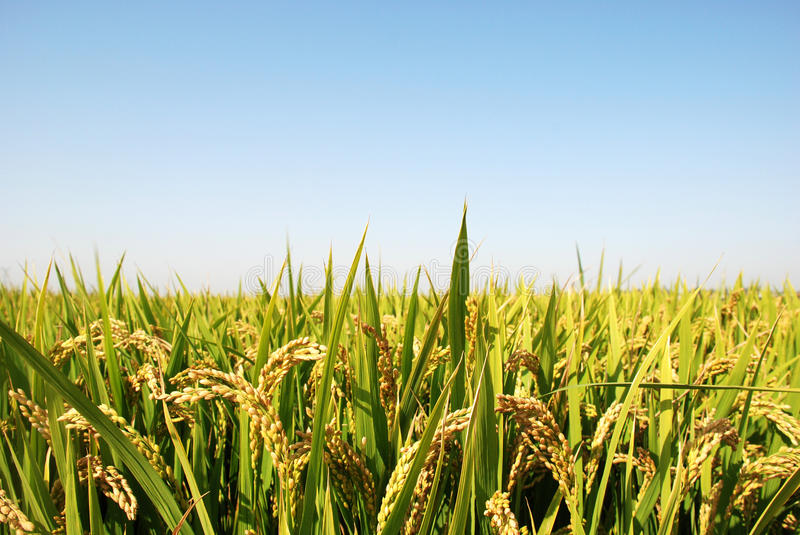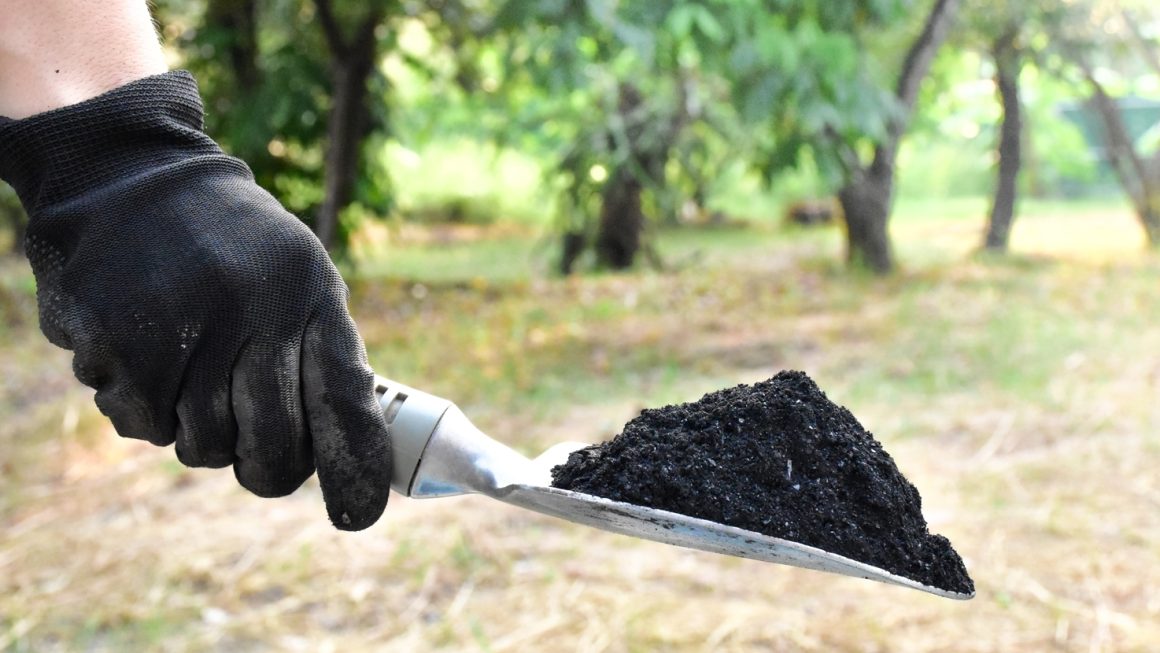Every nutrient has its own functions in the body of an organism. Zinc (Zn) deficiency in the plant results in Khaira disease of rice which affects the plants growth and it can even have a bad impact on the yield.
Khaira Disease Of Rice
Khaira Disease Of Rice is a nutritional deficiency of minerals like Zinc (Zn). It is characterized by the dusty brown patches on the surface of leaves which ultimately cause necrosis .
This is one of the common diseases in rice. Because it attacks at the leaves of the plant-chlorosis must happen which decreases the rate of photosynthesis which ultimately causes production loss to about (25-30)%
The disease is named so because the farmers find its resemblance in color of affected rice leaves and catechu same. Catechu is named Khair in India. On the same name,the disease was called khaira disease of rice.
In this article we are going to discuss facts about Khaira Disease. So-Read the article till the end.
History Of Khaira Disease Of Rice
Dr.Y.L. Nene discovered the Khaira disease of Rice first in Tarai from India within the year 1966.
Initially- Dr.Nene studied the signs in reference to the microbes or the other pathogen but couldn’t discover any relation between them.
Later- He found that the pH of soil is high i.e In alkaline soil the spread of khaira disease is high while pH of non-affected fields is less.
He knew-Some nutritions availability depends on pH of soil. Then he began to analyse the soil in the laboratory.
At the end he found Zinc(Zn) deficiency in the soil where khaira disease is analyzed.
That is the history of the Khaira Disease of rice.
Causes of Khaira Disease Of Rice
Many people thought that Khaira disease of rice is caused by some pathogen or other microbes. But- that’s not true.
The main cause of Khaira disease is the deficiency of Zinc (Zn) in cultivated soil. Zinc may be an essential micronutrient required to plants. So Khaira disease is more of a physiological disorder instead of a disease.
Khaira Disease is mainly found on calcareous soil. The rationale for this is that both Calcium and Zinc are absorbed from soil. When the concentration of calcium increases ,the supply of zinc becomes low and begins to point out symptoms of khaira disease.
Sometimes, the flooded condition of the soil for a while increases the pH of soil which enhances the loss of Zn in the compound of Zn(OH)2 which limits this nutrient.
Other causes of Khaira Disease in Rice plant are:-
- Planting of Rice crops with high density
- High content Phosphorus (P) in the field.
- High concentration of Bicarbonate in Irrigation water.
Symptoms Of Khaira Disease In Rice
There are a lot of symptoms found in different parts of rice plants. If these signs and symptoms are identified at an early stage, the khaira disease is often easily controlled to minimise our losses. The commonest symptoms found on the rice during the infestation of Khaira are:-
The symptoms of khaira are shown after two to three weeks of transplantation of rice crops.
- The peculiar symptom is the yellowing of leaves at the start and then dusty brown spots are found on the leaves of rice. These dusty brown patches cover the whole leaf lamina blade. These patches seem like rusting in iron.
- Chlorosis – Lack Of Chlorophyll – is found on affected leaves especially on lower leaves. It occurs from the basal part of leaves. This is because Zinc is liable for the formation of chlorophyll.
- Stunted growth of plants. The height of plants reduces.
- No proper development of rice roots. Sometimes rice plant roots also turn brown and fibers are totally stunted and destroyed.
- Formation of the ear(Grain Bearing Tip) is greatly stunted.
How to control khaira disease?
The disease should be controlled as soon as the symptoms are seen to attenuate our production loss. The control ways of Khaira disease are listed in the following:-
- Khaira disease of rice is often controlled by spraying ZnSo4 in the nursery bed of rice before transplanting in the main field.
- During transplantation-ZnSo4 should be used at the speed of (25-30)kg per hectare of soil.
- Seed priming i.e Dipping of seed on ZnO solution before sowing in the soil helps to regain Zn.
- High pH decreases the supply of Zinc. Always use fertilizers which reduce the pH of the soil. For example, use ammonium sulphate rather than Urea for N.
- Avoid Water logging and take proper management of drainage in the soil.
Final Verdict
Khaira Disease Of Rice is often dangerous for farmers whose life is entirely hooked into rice plantation.
If khaira disease is often controlled at its initial stage, we can get good production.
Moreover, we should always consult an expert in the rice field. Create disease awareness programs among farmers.
Government should give free medicine to the farmers to control Khaira disease because rice is a basic major Agriculture Product contributing to the rate of GDP of any country.
Read More Contents relating to Plants and Diseases on Evoking Minds or get more information for khaira disease of rice from https://guide2agriculture.com/khaira-disease-of-rice



